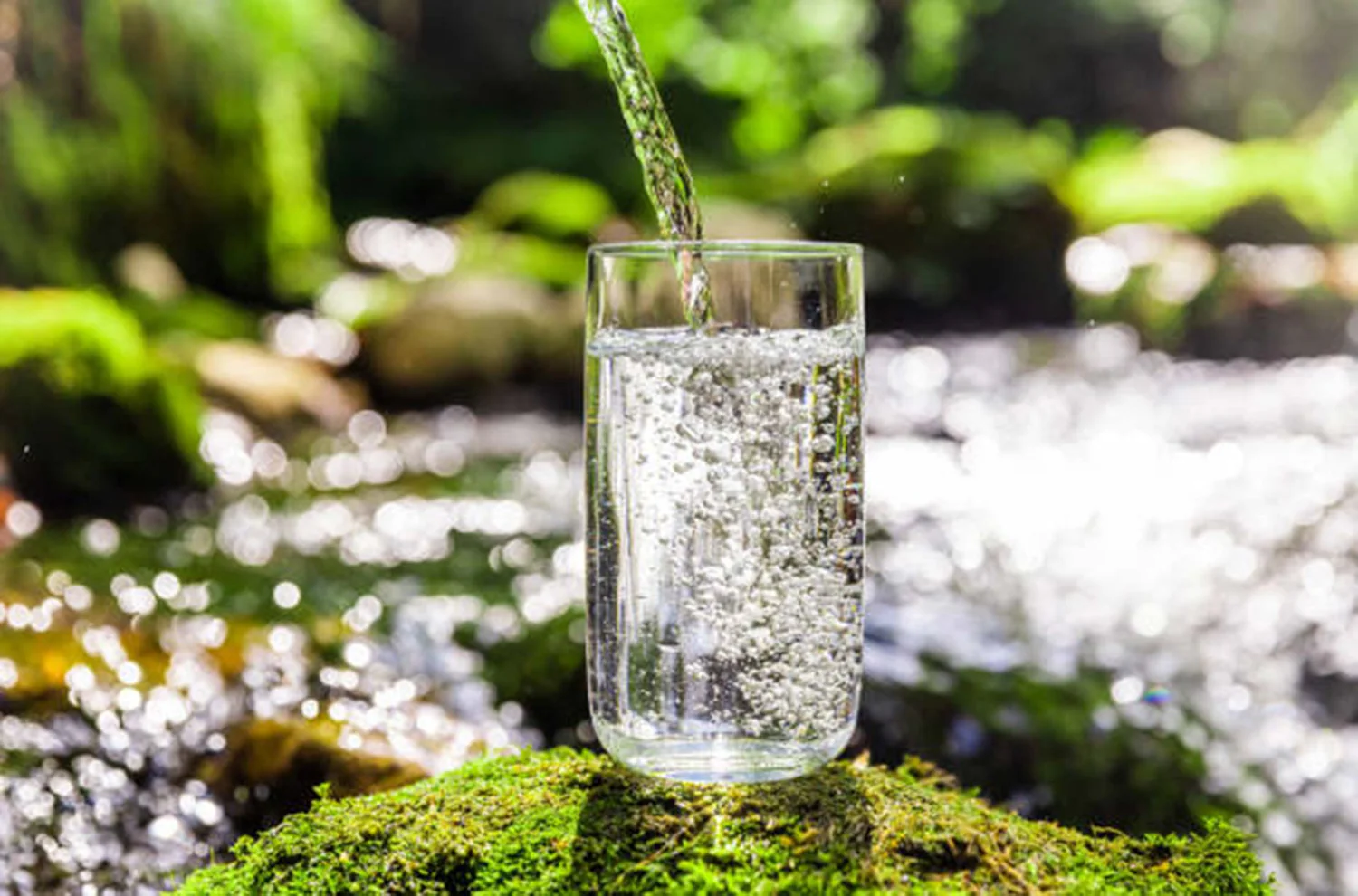ASTM D4454 Pesticide Testing in Water Systems
The ASTM D4454 standard provides a method for determining the residue levels of pesticides in water systems. This service is essential for ensuring that drinking water complies with international safety standards and regulatory requirements.
Water utilities, especially those serving communities dependent on surface or ground water sources, must monitor pesticide residues regularly to ensure public health protection. Pesticides can enter the water system through various pathways such as agricultural runoff, accidental spills, or improper disposal of chemical waste.
The ASTM D4454 method involves a multi-step process that includes sample collection, extraction, purification, and analysis using liquid chromatography with mass spectrometry (LC/MS). This technique allows for the detection of even trace amounts of pesticides in complex water matrices. The service covers not only common agricultural pesticides but also emerging contaminants like neonicotinoids.
The process begins with proper sample collection, which is critical to ensure accurate results. Samples are collected from various points within the water system to capture a representative snapshot of pesticide levels throughout the distribution network. After collection, samples undergo extraction using solvents such as acetonitrile or ethyl acetate followed by purification steps to remove interfering substances.
The purified extracts are then analyzed via LC/MS which provides high sensitivity and specificity necessary for detecting low concentrations of pesticides. The method’s limits of detection (LOD) and quantitation (LOQ) vary depending on the specific pesticide but typically range from parts per billion (ppb) to parts per trillion (ppt).
| Step | Description |
|---|---|
| Sample Collection | Collection from various points within the water distribution network to ensure representativeness. |
| Extraction | Pesticides are extracted using solvents like acetonitrile or ethyl acetate. |
| Purification | Involves removing interfering substances to improve analytical sensitivity. |
| Analysis | Liquid chromatography with mass spectrometry (LC/MS) for detection and quantitation. |
Benefits
- Ensures compliance with international safety standards and regulatory requirements.
- Provides early detection of pesticide contamination, allowing for timely intervention measures to mitigate risks.
- Enhances public trust by demonstrating a commitment to water quality and health protection.
- Promotes sustainable practices through informed decision-making regarding water management strategies.
Industry Applications
This service is particularly beneficial for utilities that source their water from agricultural areas, where pesticide runoff poses a significant risk. It also serves industries involved in water treatment and purification processes.
| Point of Sampling | Purpose |
|---|---|
| Inlet to the water treatment plant | To monitor pesticide levels before they enter the treatment process. |
| During intermediate stages of purification | To evaluate effectiveness of the purification steps in removing pesticides. |
| Outlet to the distribution network | To ensure that treated water meets safety standards before it reaches consumers. |
Eurolab Advantages
Our laboratory is equipped with state-of-the-art LC/MS instrumentation that ensures accurate and reliable results. Our highly skilled analysts are trained to handle complex water matrices, ensuring precision in pesticide detection.
We offer rapid turnaround times for reports, allowing utilities to act swiftly on findings. Additionally, our experienced team provides comprehensive reporting tailored to meet the needs of regulatory bodies and internal stakeholders.





